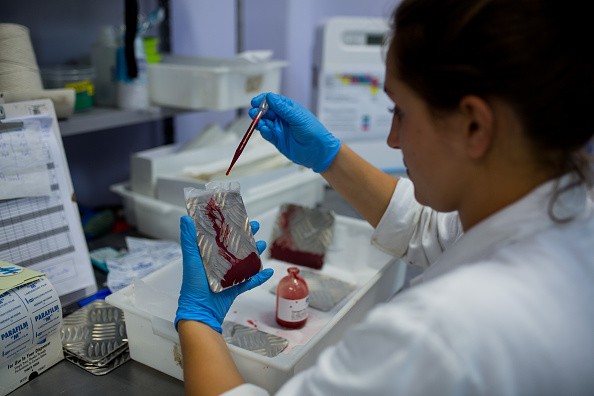Scientists have warned that with the temperatures soaring, 50 cities in the United States are vulnerable to Zika virus spread this year.
The Centers for Disease Control and Prevention (CDC) reported that already there are 261 travel-related Zika virus infections in the different states and territories of the United States. Of these, 283 infections have been acquired locally. The scientists have also developed a map should the potential spread of the virus to different states and the states that would be most affected if nothing was done to check the spread of the virus right away.
Scientists from the NASA Marshall Space Flight Center, National Center for Atmospheric Research (NCAR), and the University Corporation for Atmospheric Research (UCAR) have observed 50 cities in the United States, a recent study published in the journal PLOS Currents Outbreaks stated. The scientists actually wanted to show the precise cities having the perfect weather conditions that help increase the population of Aedes aegypti mosquito, which carries the Zika virus, during warmer months.
According to these scientists, the warmer temperature in many regions of the United States is a key factor contributing to the spread of the Zika virus. They have warned that a combination of ideal conditions such as a warmer weather will help to multiply the Aedes aegypti mosquito population in a vast area along the East Coast extending to New York as well as the southern regions, including Los Angeles and Phoenix.
Following an analysis of travel patterns from different countries as well as territories witnessing Zika outbreaks, researchers concluded that cities in southern Florida and poor areas in southern Texas may be especially vulnerable to transmission of the virus locally. Aside from this, the risks of Zika virus spread may increase in cities as more air travelers arrive from Latin America and the Caribbean.
This study may be useful in anticipating the timing as well as the location of potential Zika virus outbreaks in some U.S. cities, Atmos News quoted NCAR scientist and lead study author Andrew Monaghan as saying. According to Monaghan, although they are yet to completely comprehend the dynamics of Zika virus transmission, knowledge about the places where the Aedes aegypti mosquito can survive in the U.S. and the manner its population varies seasonally may aid in guiding mosquito control efforts as well as public health preparedness.
Watch the video documentary on Zika virus below:





















